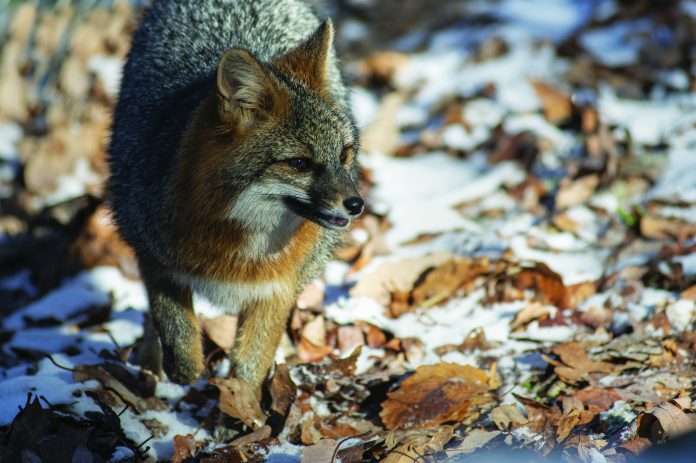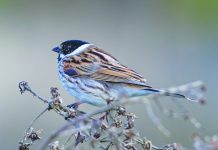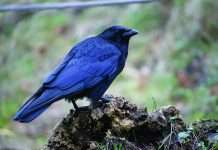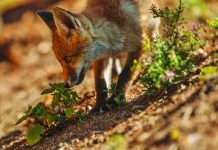Connect: Calgary’s Parks Plan will determine how Calgary’s 2,900+ parks are managed, developed, and redeveloped over the next 20 years. A draft will be presented to City Council after review by the Community Development Committee. Parks connect urban communities, but the city is projected to grow to two million people within the next two decades (https://engage.calgary.ca/parksplan).
Calgary has over 200 natural areas in the parks system. Our relationship with the natural world is primarily to preserve undisturbed land, wildlife, and native plant communities. In a natural area all uses and activities must comply with the approved habitat management plan to protect the natural environment and not cause damage. New natural areas should be designated. There are different types, but all need to be protected to conserve nature now and for the future. The landscape offers access to the natural world which helps our physical and mental well-being. Special places like Nose Hill, a major natural area, foster stewardship, support biodiversity, and reduce impacts of heat, flooding, and drought. Some areas are sacred spaces for Indigenous Nations and provide opportunities to learn about cultural history.
Controlled burns and animal grazing are encouraged as alternate land management practices. We must assess and update the cost of maintenance to ensure the value of natural areas with a compensation model. We can allow litter-control-only (with guidance) in natural areas to be included in enhanced landscape maintenance requirements. We should develop ten-year operational Habitat Management Plans for all natural areas, including those required as part of the development approval process. Prior to subdivision the developer is responsible for restoration and compensation must be paid to the City when there is damage or disturbance to land dedicated to environmental reserve. Back sloping should not be allowed.










